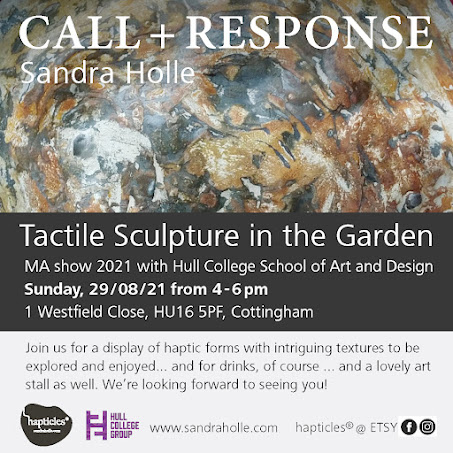Concrete tubes in the making now ...
The next step towards creating a fluid, interchangeable sculpture involving concrete tubes and looped wire, was to figure out the best way to model the concrete. Also, I wanted to incorporate what I have figured about the texture I wanted to create on them. Those concrete pieces should be working as individuals as well as in as group (or lined up on wire) 2) and potentially function as tactile objects or even fidgeting tools. 1) 7)
I wanted a texture that resembled some sort of fatty tissue (again, as inspired by my interest in nervous tissue) as well as a surface that feels pleasant to the touch. After all, I found in my scientific research, that smooth surfaces trigger the highest readings of pleasant emotions in people. 1) 3) 4) 5) 10) 12)
In order to create a surface that is smooth but still has interest both texturally and visually, I found a latex mould that I created from a clay model, worked well. As a supporting shape, I decided to use cardboard tubes from loo rolls. Lightweight and pliable and better than plastic pipe which is too rigid for this purpose:
 |
| First dip into concrete mix to stabilise cardboard tubes |
 | |
|




Comments
Post a Comment